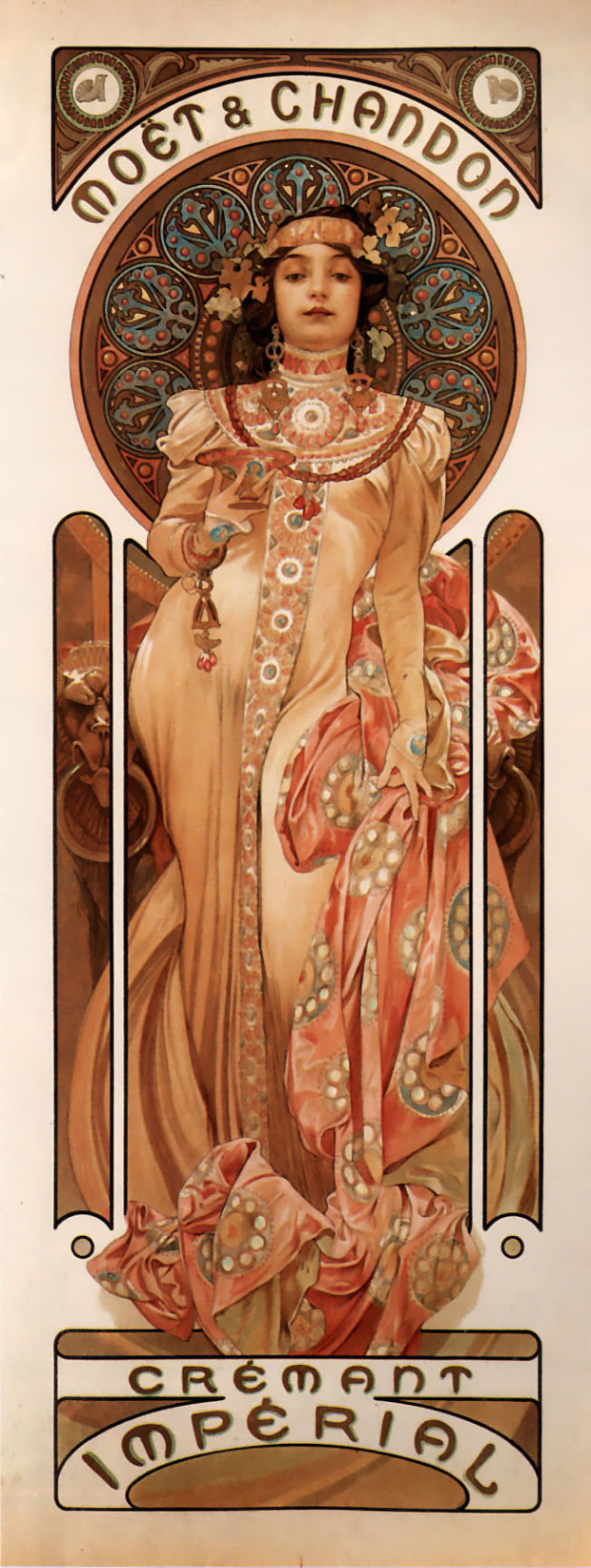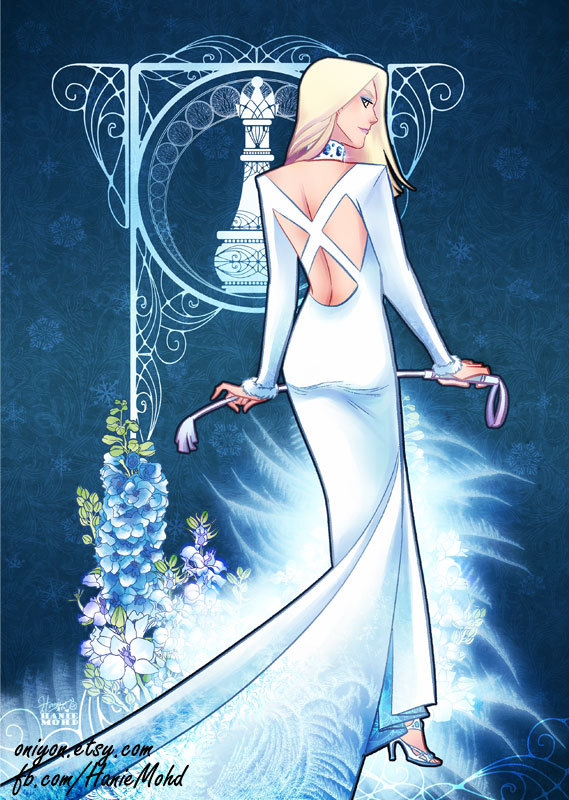The Life-changing Magic of Tidying Up: The Japanese Art of Decluttering and Organizing. By Marie Kondo. (Berkeley: Ten Speed Press, 2014. 224 pp.)

People might not realize that clutter takes up mental space and causes subconscious burden. Even though you are not consciously paying attention to the big pile of clothes on your bed, it is always in your mind until it is taken care of. Having your mess occupying your mind will held you back from getting important things done such as homework and projects. Marie Kondo, a Japanese cleaning consultant, shares her systematic and psychological approach into tidying up a space with the book The Life-changing Magic of Tidying Up: The Japanese Art of Decluttering and Organizing. It is the most influential book in decluttering worldwide. This pocket-sized book does not only introduce a step-by-step method on how to decide what to keep and how to organize but it also explains how tidying could boost efficiency and effectiveness in life.
Whether it is your living space or your work space, cleaning up and keeping everything organized is hard to do. It is especially difficult for students and workers to keep their area organized due to the load of work they have on their plate. Marie Kondo gives a refreshing look at how to tidy up a space, which she calls the KonMari method. KonMari method is Kondo’s philosophy on defining the relationship between the owner and his/her belonging, keeping what makes you happy and throwing away unneeded possessions. In this process the readers are challenged to take a moment and think about what makes them happy. Kondo simply phrases this as what ‘sparks joy.’ Whatever doesn’t immediately fall in that category gets discarded. At the end of the discard process, she instructs her clients to give thanks and wish the discarded items farewell. This approach helps people to be more mindful in cleaning and appreciate their belongings. It also strengthens their decision-making skills for the more difficult situation.
Even though this book focuses more on the art of tidying, Kondo mentions that her clients’ lives improve after they’ve followed her methods. Keeping everything in order is not just good for your home but also for your mindset. On some people, clutter may help the creative mind create, but it isn’t necessarily helpful for focus and productivity. Clutter causes disorder in your mind by making it harder to focus. It lowers people’s ability to process information and makes them feel chaotic and restless. From the unwashed dishes on your desk to the pile of books on the floor, these items distract people and hold them back from getting important matters done. However once they’ve cleared out the clutter, they will be able to free up mental processing space to other tasks. One of Kondo’s close friends was able to realize her true passions through discarding her book collection. Kondo points out that her clients “set up their own companies, others change jobs, and others take more interest in their current profession” (p. 176). After the discard process, her friend found herself solely attached to her social welfare books. She then studied and prepared to start her own child care company after quitting her job. Kondo’s friend now enjoys each day the fullest as she works in her own company. People’s awareness of what they truly like to do increases as a result of putting their house in order.
The KonMari method is simple and easy to follow yet it’s effectiveness depends on the mindset of the reader. Be warned, it is stated in the book that “people cannot change their habits without first changing their way of thinking” (p. 15). It can take a while for these things to become a habit but fear not, start on getting your surroundings in order and the rest is sure to follow.
Although Kondo’s book is written not specifically for the design world, anyone in the art firm could benefit by grasping the psychological ideas behind the process. For students, professional, parents, and even designers, this book has shown a whole new side of the importance of having a clear space. It provides an in-depth look at the positive effects, such as efficiency and effectiveness, of having a clear space.

 Uniqlo’s new logo design is powerful. It successfully reflects not only the essence of the brand but also the Japanese design and craftsmanship. Japanese symbolism is achieved with the color palette and shape. The colors red and white matches the Japanese flag. The square form resembles the name seals that are traditionally used in Japan as a mark of ownership and authenticity. The seals bear either a motto, poem, or name of a person or an organization. It also expresses strong trade relationship between United States and Japan by integrating both Japanese characters and Roman letters. The new logo is a simple representation of the contemporary Japanese style.
Uniqlo’s new logo design is powerful. It successfully reflects not only the essence of the brand but also the Japanese design and craftsmanship. Japanese symbolism is achieved with the color palette and shape. The colors red and white matches the Japanese flag. The square form resembles the name seals that are traditionally used in Japan as a mark of ownership and authenticity. The seals bear either a motto, poem, or name of a person or an organization. It also expresses strong trade relationship between United States and Japan by integrating both Japanese characters and Roman letters. The new logo is a simple representation of the contemporary Japanese style.





 Alphonse Mucha, Soap factory of Bagnolet, 1897
Alphonse Mucha, Soap factory of Bagnolet, 1897 Alphonse Mucha, Job Cigarettes, 1989
Alphonse Mucha, Job Cigarettes, 1989 Alphonse Mucha, Princezna Hyacinta, 1911
Alphonse Mucha, Princezna Hyacinta, 1911 Alphonse Mucha, F. Champenois Imprimeur-Éditeur, 1897
Alphonse Mucha, F. Champenois Imprimeur-Éditeur, 1897 Alphonse Mucha, Moë t& Chandon Crémant Impérial, 1899
Alphonse Mucha, Moë t& Chandon Crémant Impérial, 1899








